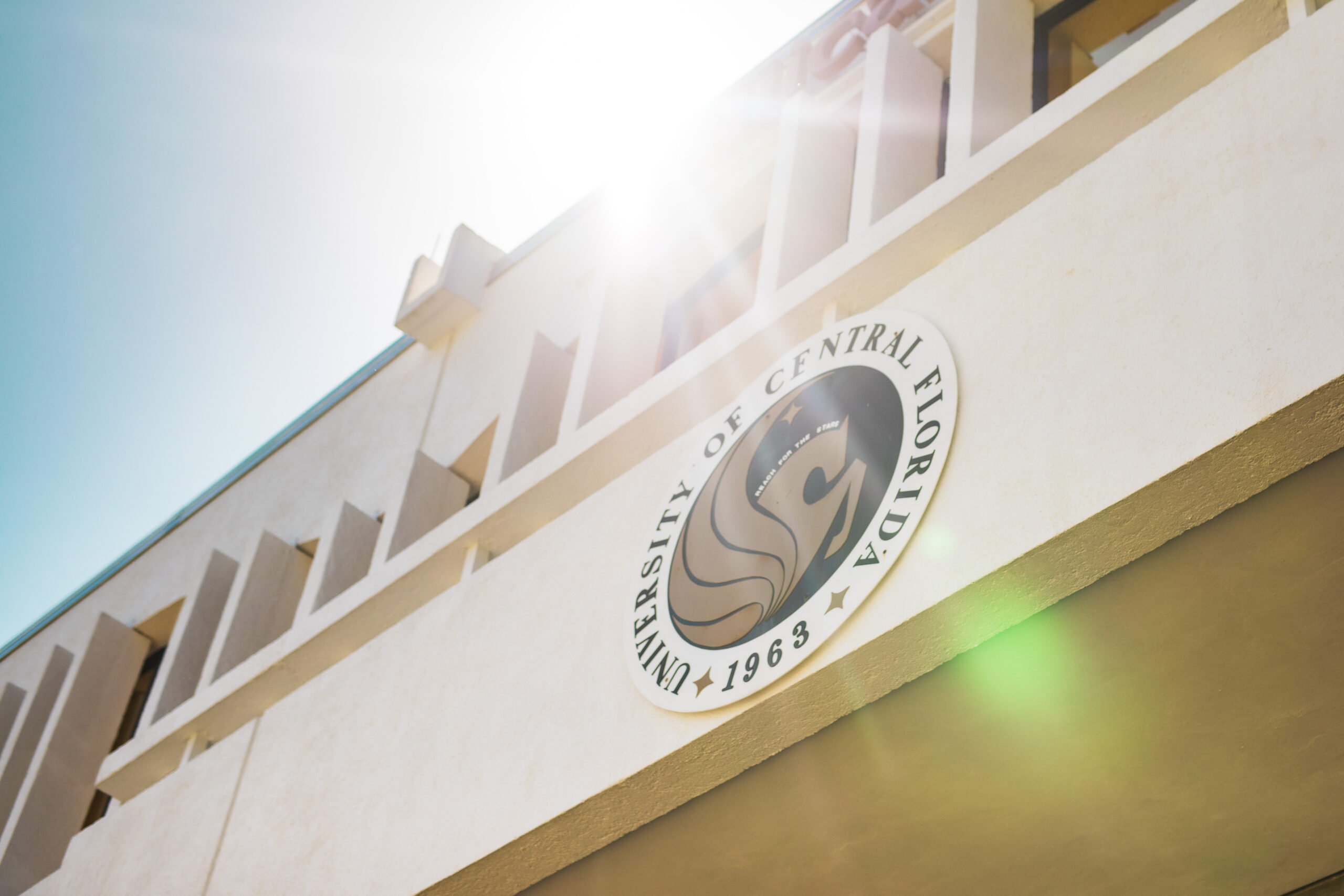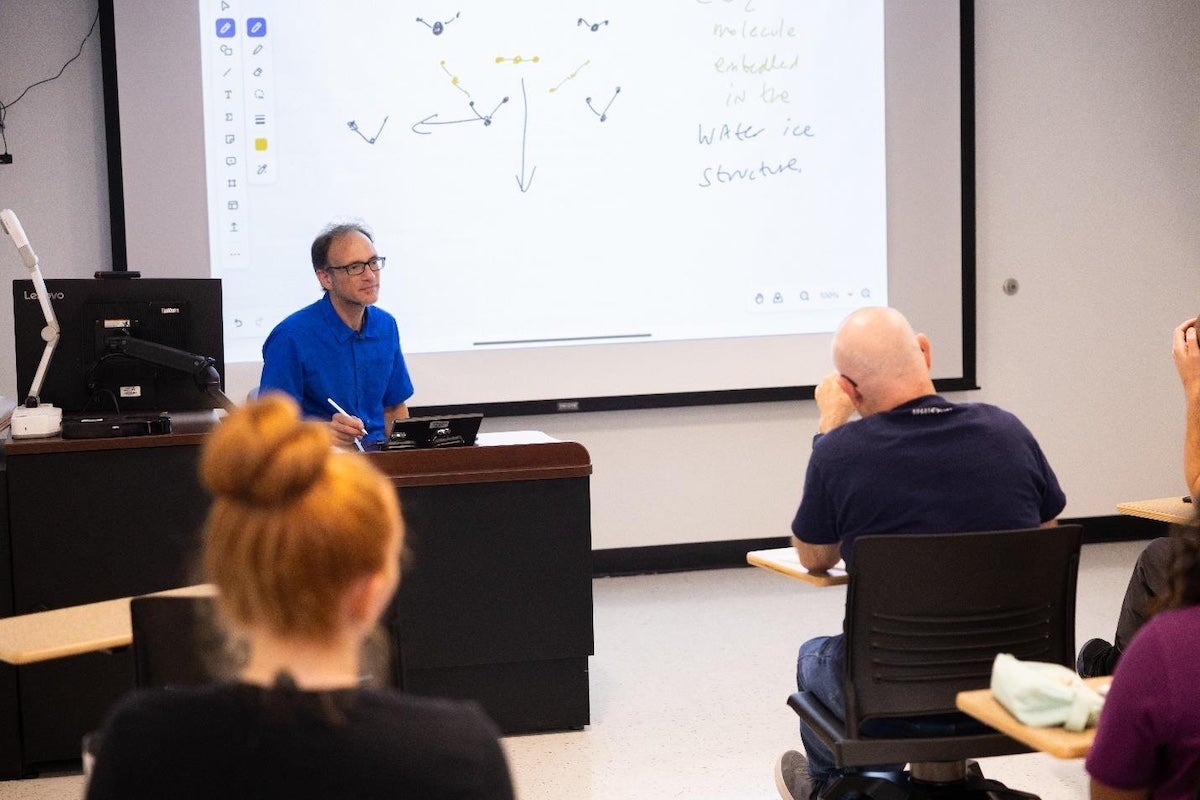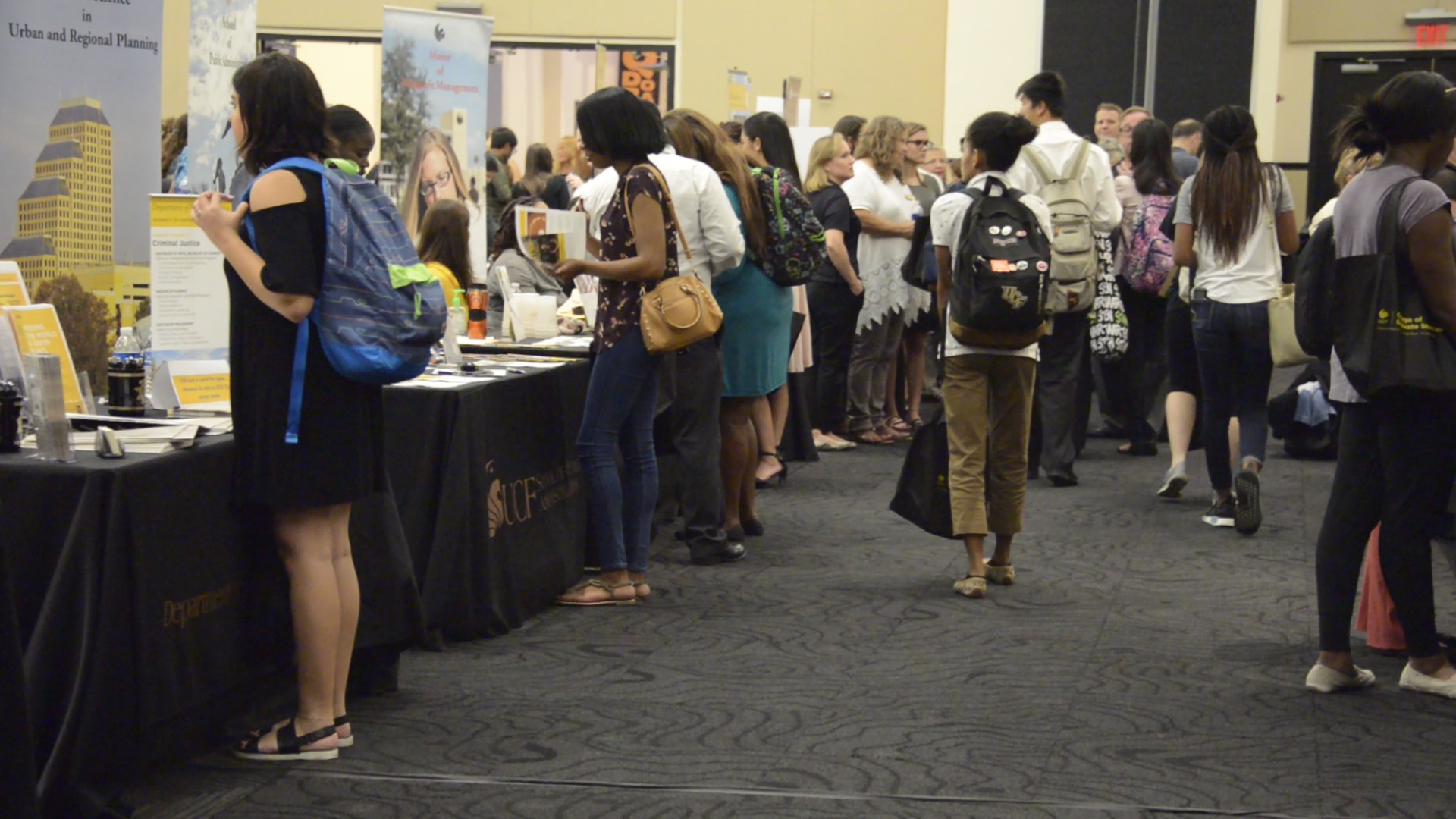UCF Researchers Develop Way to Control Speed of Light, Send It Backward
UCF researchers have developed a way to control the speed of light. Not only can they speed up a pulse of light and slow it down, they can also make it travel backward.
The results were published recently in the journal Nature Communications.
This achievement is a major step in research that could one day lead to more efficient optical communication, as the technique could be used to alleviate data congestion and prevent information loss. And with more and more devices coming online and data transfer rates becoming higher, this sort of control will be necessary.
Previous attempts at controlling the speed of light have included passing light through various materials to adjust its speed. The new technique, however, allows the speed to be adjusted for the first time in the open, without using any pass-through material to speed it up or slow it down.
“This is the first clear demonstration of controlling the speed of a pulse light in free space,” said study co-author Ayman Abouraddy, a professor of optics. “And it opens up doors for many applications, an optical buffer being just one of them, but most importantly it’s done in a simple way, that’s repeatable and reliable.”
Abouraddy and study co-author Esat Kondakci ’15 demonstrated they could speed a pulse of light up to 30 times the speed of light, slow it down to half the speed of light, and also make the pulse travel backward.
The researchers were able to develop the technique by using a special device known as a spatial light modulator to mix the space and time properties of light, thereby allowing them to control the velocity of the pulse of light. The mixing of the two properties was key to the technique’s success.
“We’re able to control the speed of the pulse by going into the pulse itself and reorganizing its energy such that its space and time degrees of freedom are mixed in with each other,” Abouraddy said.
“We’re very happy with these results, and we’re very hopeful it’s just the starting point of future research,” he said.
Kondakci earned a PhD in optics and photonics from UCF. He was a postdoctoral research fellow at UCF before moving to Purdue University where he is also a postdoctoral research fellow.
Abouraddy received his doctorate in electrical engineering from Boston University and worked as a postdoctoral researcher at the Massachusetts Institute of Technology. He joined UCF in 2008.
The research was supported with funding from the U.S. Office of Naval Research.
Share This Article

UCF Women’s Club Honors 3 Graduate Students with Prestigious Sheila B. Somerville Scholarship
Financial support is often the cornerstone of academic success, and for many students, scholarships open the door to higher education. Beyond easing financial stress, these awards provide recognition, motivation, and a...
Latest News

UCF Launches 1st Planetary and Space Sciences PhD Program in Florida
As SpaceU, UCF is pushing the boundaries of exploration by launching a groundbreaking new doctoral program in the planetary and space sciences. Now, aspiring researchers can apply to the inaugural cohort of...

UCF Fulbright Awardees Bring Their Passions to a Global Scale
Each year, the Fulbright Program offers opportunities for American students to conduct research, teach English, or pursue graduate study abroad. One of the most prestigious international exchange programs in the...

Unleash Opportunities with a UCF Graduate Degree
A graduate degree has the power to unleash opportunities by expanding careers, opening doors to new fields, and increasing lifetime earnings. According to the U.S. Bureau of Labor Statistics (2024),...

UCF Rosen College Ranks No. 1 in the World for Hospitality Education for 2025
One of the most anticipated theme parks in the world is about to open its gates — and right next door, the No. 1 hospitality and hotel management school on...